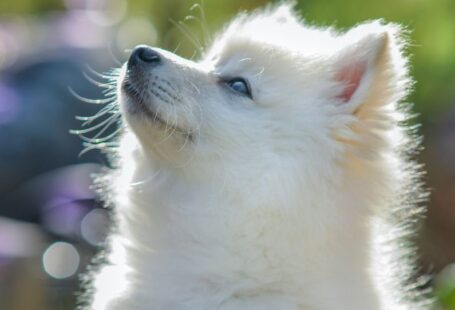The Basenji, often referred to as the “barkless dog,” is a unique and ancient breed that hails from Africa. Known for their distinctive yodel-like sound rather than a traditional bark, these dogs have captured the hearts of many dog enthusiasts worldwide. Let’s delve into the fascinating world of the Basenji and uncover the mysteries behind this intriguing canine companion.
Origins and History
Originating from Central Africa, the Basenji is believed to be one of the oldest and most primitive dog breeds in existence. Depictions of dogs resembling Basenjis can be traced back to ancient Egyptian tombs, showcasing the breed’s longstanding presence in human history. Basenjis were highly valued by African tribes for their hunting skills, agility, and intelligence, making them indispensable companions in the dense forests and savannas of Africa.
Unique Vocalizations
One of the most distinctive features of the Basenji is its unusual vocalizations. Unlike most dog breeds that bark, Basenjis produce a unique sound often described as a yodel, chortle, or barroo. This intriguing vocalization is a result of the breed’s unique larynx structure, which sets them apart from other dogs. Basenjis are capable of producing a wide range of sounds, from soft whimpers to high-pitched yodels, allowing them to communicate effectively with their owners and other dogs.
Temperament and Personality
Basenjis are known for their independent and curious nature. As a primitive breed, they exhibit traits that harken back to their hunting ancestry, such as a strong prey drive and exceptional agility. While Basenjis are affectionate and loyal towards their families, they can also be aloof with strangers and may exhibit a stubborn streak at times. Proper socialization and training are essential to help channel their intelligence and energy in a positive direction.
Physical Characteristics
With their sleek, muscular build and prominent erect ears, Basenjis possess a striking appearance that sets them apart from other breeds. Their short coat comes in various colors, including red, black, brindle, and tricolor, often accompanied by white markings on the chest, feet, and tail tip. Basenjis are known for their clean and groomed appearance, thanks to their meticulous grooming habits and lack of a strong doggy odor.
Exercise and Training
Despite their small to medium size, Basenjis are a high-energy breed that requires regular exercise and mental stimulation to stay happy and healthy. Engaging in activities such as daily walks, interactive play sessions, and agility training can help satisfy their need for physical and mental challenges. Due to their independent nature, Basenjis may require patient and consistent training methods to ensure obedience and good behavior.
Health Considerations
Like all dog breeds, Basenjis are prone to certain health issues that potential owners should be aware of. Common health concerns in Basenjis include hip dysplasia, progressive retinal atrophy, and Fanconi syndrome. Regular veterinary check-ups, a balanced diet, and adequate exercise can help mitigate the risk of these health conditions and ensure a long and happy life for your Basenji companion.
Embracing the Basenji Lifestyle
In conclusion, the Basenji is a fascinating and enigmatic breed that continues to captivate dog lovers with its unique characteristics and ancient lineage. By understanding their origins, temperament, physical traits, and care requirements, aspiring Basenji owners can fully embrace the joys and challenges of sharing their lives with this exceptional barkless dog. Whether you are drawn to their distinctive vocalizations, independent spirit, or striking appearance, the Basenji offers a truly rewarding companionship experience for those willing to embark on this exciting canine journey.





